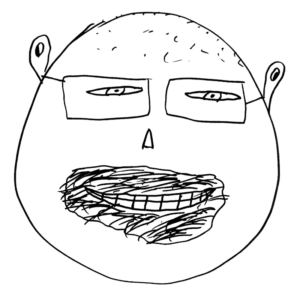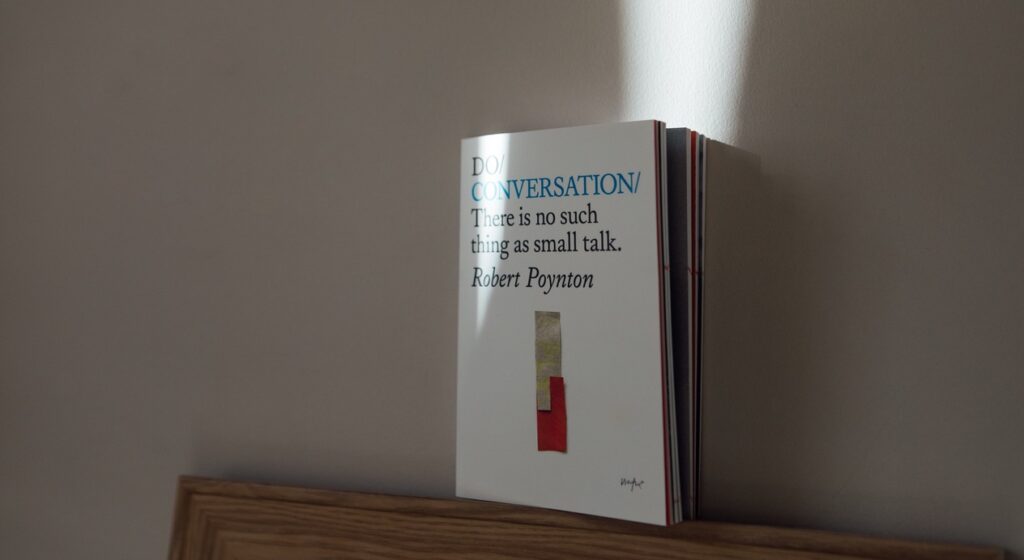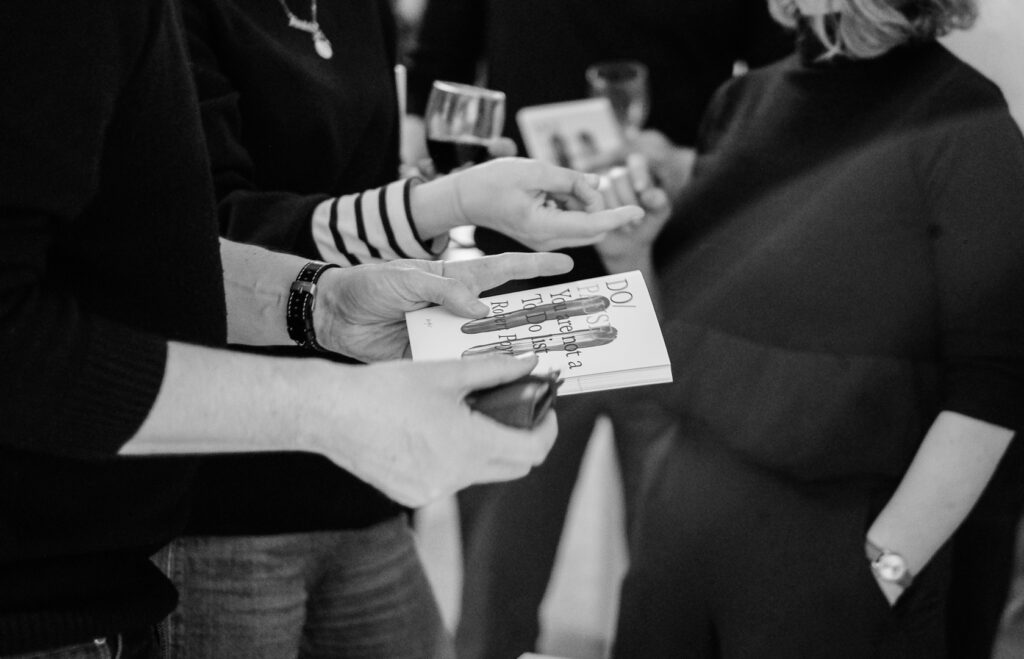Whilst working on the Praxis symposium this year I found myself thinking about what is it that I am really doing when when I am designing a workshop or learning experience.
I have written about this before (see How to cultivate conversation, The Craft of Improv) but I still keep learning. Which in itself is fabulous – one of life’s great joys is to find you can keep on learning about something you already know well.
Back in June, as I was thinking about the Praxis event, it came to me that in effect, there are only three things you have to think about – how you organise people in time, how you organise them in space and what you give them to do. That’s it. There are an infinite number of possibilities under each heading and they obviously interconnect, but in essence that is all you have to think about.
I love this. It was a really helpful insight. It gives me clarity and simplicity but also acts as a creative stimulant. It gives me confidence, but inspires me to invent. It seems to be a great example of how simple patterns can underlie complexity.
It reminds me of Heisenberg (the quantum physicist not the character in Breaking Bad) who said:
“I would give nothing for the simplicity on this side of complexity; and everything for the simplicity on the other side of complexity.”
Perhaps (at last?) I am approaching the simplicity on the other side of complexity…?




